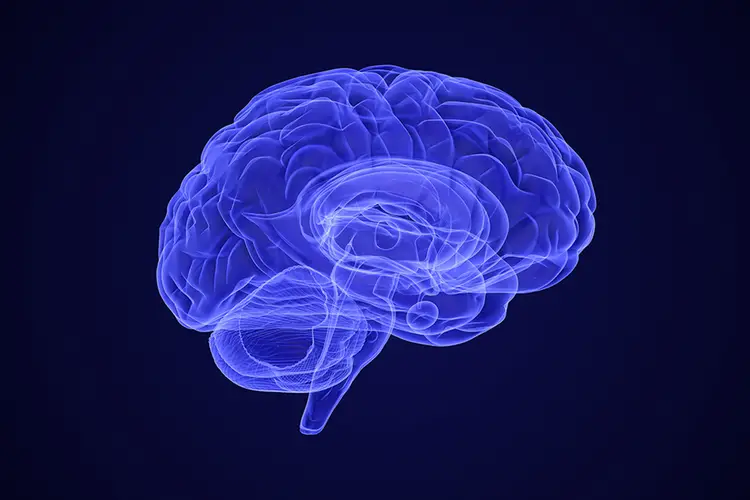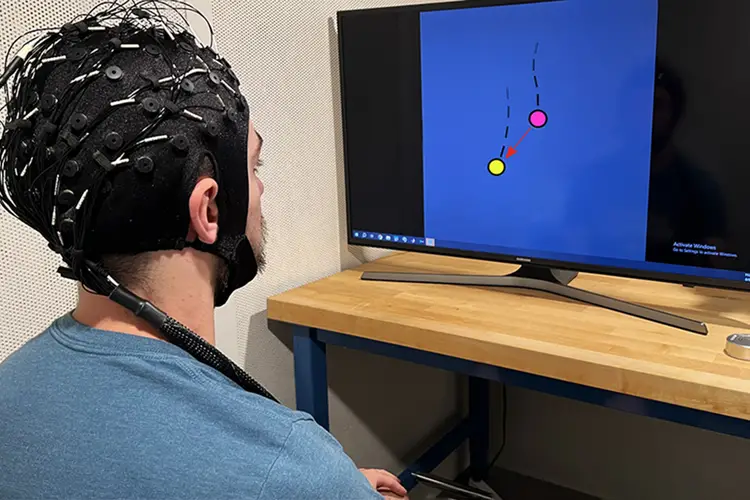
CMU Algorithm Could Help Doctors Prevent Secondary Brain Injuries
Media Inquiries
Carnegie Mellon University researchers have developed the first robust, noninvasive way to detect damaging brain waves that worsen traumatic brain injuries. By pairing existing technology with a powerful machine learning algorithm, their breakthrough could help doctors intervene sooner, prevent further brain damage, and improve recovery for patients worldwide.
Traumatic brain injuries can leave lasting and devastating effects, and the danger doesn’t end with the initial hit — about half of patients experience secondary brain injuries hours to weeks later, often without detection until the damage is done.
These secondary injuries are triggered by “brain tsunamis,” slow, destructive waves of suppressed neural activity that are released long after the original injury happens. Stopping these tsunamis can prevent further harm, but only if doctors know they’re happening.
Previously, detecting brain tsunamis required electrodes placed directly on the brain, a risky procedure that covered only limited areas.
That’s where CMU’s Pulkit Grover(opens in new window) and his collaborators come in. Their technology, called WAVEFRONT, can detect brain tsunamis using noninvasive electroencephalogram (EEG) electrodes placed on the scalp.
Scalp electrodes are safe, widely available and can capture signals from across the brain. Grover’s team embedded decades of neurobiology into WAVEFRONT’s design, enabling it to sift through massive amounts of data and flag brain tsunamis as they spread.
In their latest study, the team showed that WAVEFRONT works even without surgical openings in the patient’s skull. Tested on patients at multiple hospitals, the algorithm reached nearly 89% accuracy, proving it could generalize across different clinical settings and equipment.
This advance could transform neurocritical care. By making it possible to detect and treat brain tsunamis noninvasively, WAVEFRONT opens the door to better outcomes not only for severe TBI patients, but potentially for people with concussions and other brain injuries as well.
“If you can do it with EEG, you can enable so much more,” said Grover.
Work That Matters
Researchers at CMU are working on real world solutions to the biggest problems.
Read more about the latest discoveries.(opens in new window)



